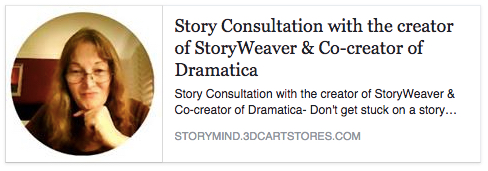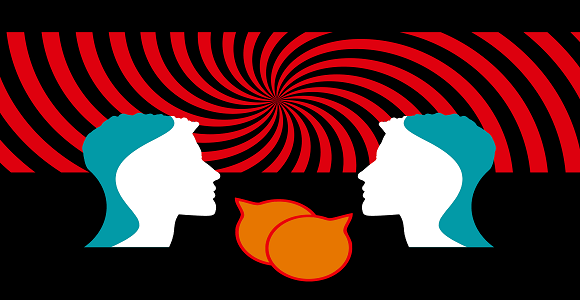
Archetypal characters have a bad name. Many writers think such characters are two-dimensional stick figures that come off more like plot robots than real people. But the truth is that archetypes represent essential human qualities that need to be explored in every story, such as trying to solve the story’s problems through logic as opposed to another character who hopes to succeed by following his or her heart. The story’s message is which approach turns out to be the best one in regard to the particular predicament explored in the story.
So if these archetypal human qualities need to be explored, how can you write a plot in which the characters that represent these attributes come off as flesh-and-blood, rather than automatons?
To find out, let’s build a plot using only archetypal characters. For this exercise I’ll be using the eight archetypal character described in the Dramatica approach story story structure that I co-developed along with my writing partner many years ago. You can, of course, use any archetypal system that is comfortable for you, such as those of Campbell or Jung.
A Sample Story Using Archetypes
To build our sample story, let’s take each archetype one by one and see how each can add the potential for interpersonal conflict and internal conflict as well.
Creating a Protagonist
Everyone is familiar with the Protagonist archetype, so let’s begin there and arbitrarily create a PROTAGONIST called Jane. Jane wants to… what?… rob a bank?…kill the monster?… stop the terrorists?… resolve her differences with her mother? It really doesn’t matter for our sample story; her goal can be whatever interests us as authors. So we’ll pick “stop the terrorists” because it interests us. All right, our Protagonist — Jane — wants to stop the terrorists.
Creating an Antagonist
Our Dramatica approach says we also need an ANTAGONIST. Antagonist by our definition is the person who tries to prevent achievement of the goal. So, who might be diametrically against the completion of the task Jane wants to accomplish? The Religious Leader whose dogma is the source of inspiration that spawns the acts of terror?… The multinational business cartel that stands to make billions if the terrorists succeed in their scheme?… Her former lover who leads the terrorist who are really an elite band of criminals? We like THAT one! Okay, we have our Protagonist (Jane) who wants to stop the terrorists who are led by her former lover (Johann).
Creating a Skeptic
Two simple Characters down, six to go. Dramatica now tells us we need a SKEPTIC. So who might be doubtful of the effort and not believe that success is possible for our stalwart Jane? Perhaps a rival special agent who doesn’t want to be left in the dust by her glowing success?… Maybe her current love interest on the force who feels Jane is in over her head?… Her father, the Senator, who wants his daughter to follow him into politics? Good enough for us. So we have Jane who wants to stop the terrorists, pitted against her former lover Johann who heads the criminal band, and opposed by her father, the Senator.
Creating a Sidekick
To balance the Skeptic, we’re going to need a SIDEKICK is, by definition, has complete unshakable faith in the Protagonist. We could bring back the idea of using her current lover but this time have him knowing how much ridding the world of scum appeals to Jane so he remains steadfastly behind her. Or we might employ her Supervisor and mentor on the force who knows the depth of Jane’s talent, wants to inspire other young idealists to take action against threats to democracy, or prove his theories and vindicate his name in the undercover world… We’ll use the Supervisor. So here’s Jane who wants to stop the terrorists, pitted against her former lover Johann, the head of the band, who wants to stop her, opposed by her father, the Senator, and supported by her Supervisor.
Creating a Contagonist
Let’s bring in a CONTAGONIST. What’s a Contagonist, you ask? It’s an archetypal character we developed uniquely in Dramatica. Essentially, they gum up the works. Sometimes they act as tempation to lure the protagonist off the proper path. And other times they gum up the works by doing or saying something that creates problems for the Protagonist, often quite by accident.
Here are some possible Contagonists for our sample story: the Seasoned Cop who says, “You have to play by the rules” and thwarts Jane’s efforts to forge a better approach?… Or, the Ex-Con with a heart of gold who studies the classics and counsels her to base her approach on proven scenarios rather than her own inspirations?… Or, her friend Sheila, a computer whiz who has a bogus response plan based on averaging every scenario every attempted? Computer whiz it is. So Jane wants to stop the terrorists, is pitted against the head of the band (her former lover Johann) who wants to stop her, opposed by her father, the Senator, supported by her Supervisor, and tempted away from the strength of her own inspired approach by her friend Sheila, the computer whiz.
Creating a Guardian
Keeping in mind the concept that for every archetype there should be another one who represents the opposite human quality, we are going to want to balance the Contagonist (who tempts and gums up the works) with a Guardian archetype (who appeals to conscience and smooths the way).
We might go with a Master of the Oriental martial arts who urges her to “go with the flow” (“Use The Force, Jane!”)?… The Ex-Con again who says, “Get back to basics”?… or perhaps the Seasoned Cop who paves the way through the undercover jungle?…. We like the Seasoned Cop. Note that we could have used him as Contagonist who says “You have to play by the rules,” but elected to use him as Guardian instead, who paves the way for Jane by giving her the benefit of his experience. As you can see it’s totally up to us as authors which characteristics go into which players. Jane wants to stop the terrorists, is pitted against the head of the band (her former lover Johann) who wants to stop her, is opposed by her father, the Senator, supported by her Supervisor, tempted by her friend Sheila the computer whiz, and protected by the Seasoned Cop.
Creating Reason and Emotion Characters
The final two archetypal characters in our Dramatica system represent our intellect and our passion, respectively. Since we really like some of the character we came up with earlier but not to use, let’s bring back the Ex-Con as REASON, stressing the need to use classic scenarios. We’ll balance her with the Master of the Oriental martial arts, who maintains Jane’s need to break with the Western approach by letting loose and following her feelings.
Well, that covers all eight Archetypal Characters: Protagonist, Antagonist, Skeptic, Sidekick, Contagonist, Guardian, Reason and Emotion. So now we end up with Jane who wants to stop the terrorists and is pitted against the head of the band (her former lover Johann) who wants to stop her, is opposed by her Father, the Senator, is supported by her Supervisor, tempted by her friend Sheila the computer whiz, protected by the Seasoned Cop, urged by the Ex-Con to copy the classics, and counseled by the Master of Oriental martial arts to let loose and follow her feelings.
As was pointed out at the beginning, you can use any archetypal characters you like, and simply applying the human quality they represent to their plot function, they will have the potential not only to come off as real people but to lay the groundwork for conflict within themselves and with the other characters as well.
You can learn more about the Dramatica approach to archetypes by downloading a free PDF version of Dramatica: A New Theory of Story, and you can put it to work with our Dramatica Story Structure Software, which you can try risk-free for 90 days.


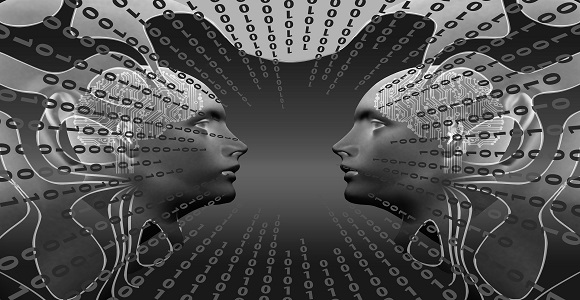
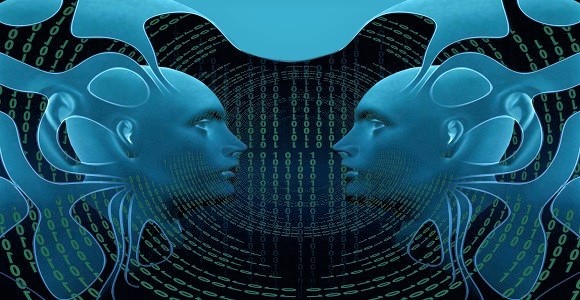
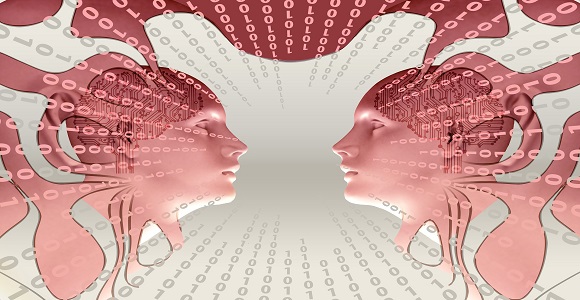
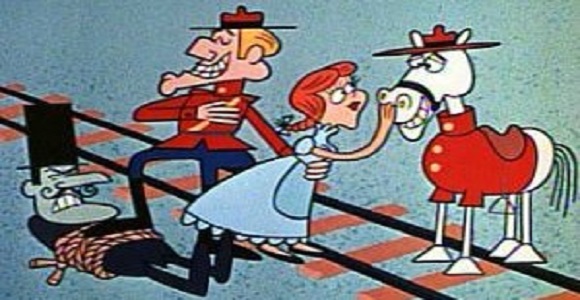


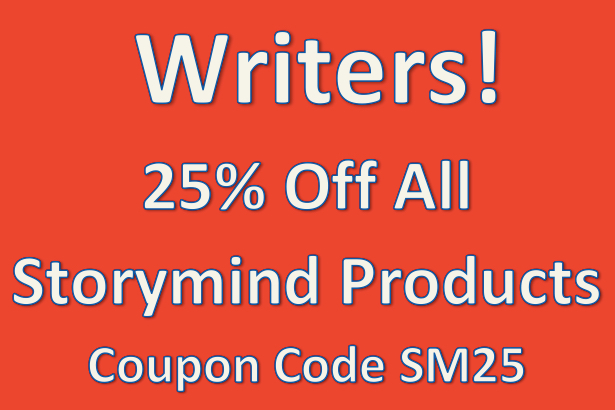
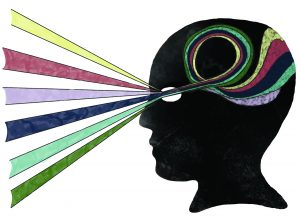 Archetypes, by definition, are characters defined by their plot function, such as the protagonist, who is trying to achieve a goal, and the antagonist who is trying to stop him. All of the archetypes have a counterpart whose approaches are opposite one another. For example, there is a Reason character who tries to solve plot problem with logic, while the Emotion archetype hopes to succeed through passion.
Archetypes, by definition, are characters defined by their plot function, such as the protagonist, who is trying to achieve a goal, and the antagonist who is trying to stop him. All of the archetypes have a counterpart whose approaches are opposite one another. For example, there is a Reason character who tries to solve plot problem with logic, while the Emotion archetype hopes to succeed through passion.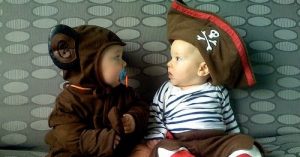 Some years ago, I wrote the following article describing the differences between the protagonist and antagonist archetypes. Pretty good stuff – BUT… Like any reasonably good teacher, I keep on learning – maybe not so much about the subject matter, but often a lot about how to present it better.
Some years ago, I wrote the following article describing the differences between the protagonist and antagonist archetypes. Pretty good stuff – BUT… Like any reasonably good teacher, I keep on learning – maybe not so much about the subject matter, but often a lot about how to present it better.

